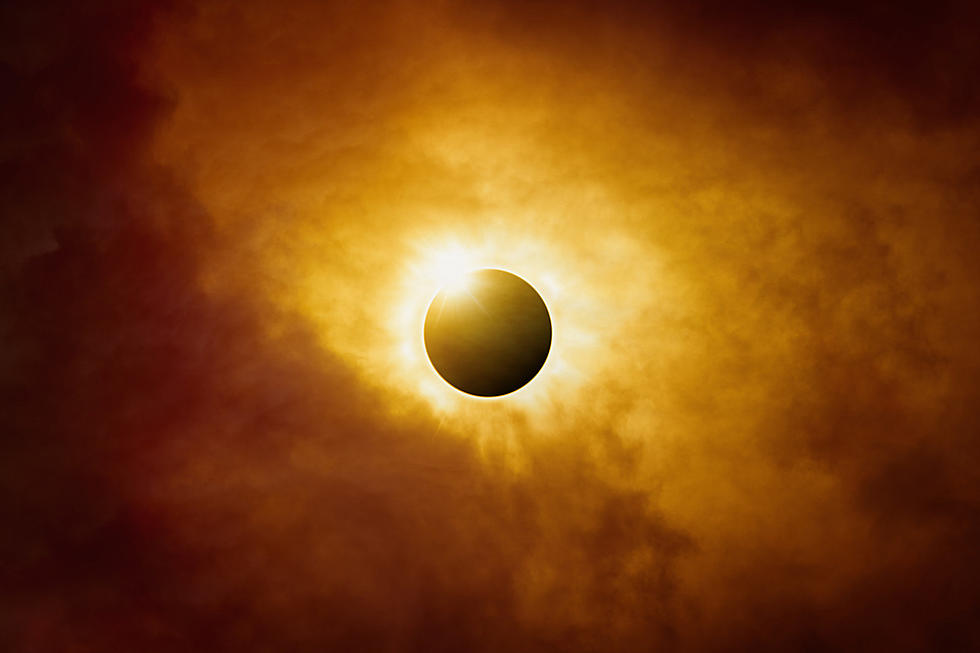
Planning To Go See The Solar Eclipse April 8? Here Are Some Tips For You
If you're planning on taking in the solar eclipse on April 8, here are some tips for you, provided by moecliipse.com.
Plan Ahead
Talk to your family and friends. See what they plan to do.
Decide on best viewing location where the Sun will not be obstructed; consider more than one location in case there are cloudy conditions
Know the exact eclipse times for each location
Collect equipment on the checklist in plenty of time
On the Day of the Eclipse
Check the weather forecast
Bring the items on your checklist
Get to your viewing area early to avoid traffic
Set up radio or accurate clock, seconds count!
Find shade for you
Tie down any equipment from wind
Practice safe solar viewing
Record the events of the day
What to Take
1. Viewing equipment
Eclipse glasses
Pinhole projector
Camera with proper filter
2. Personal items:
Sunglasses
Water
3. Support items:
Timesheet with exact eclipse times
Watch
Radio
Map
Thermometer
Notebook to record events
Here is a map to show you where to position yourself so you can enjoy this very rare event:
For those traveling from the Pettis County area to the Missouri bootheel in the southeast portion of the state, maximum coverage will take place just before 2 p.m. that day, which is a Monday. Have you asked off from work yet?
According to the US National Park Service, Ste. Genevieve National Historical Park will experience a total solar eclipse. A total eclipse occurs when the moon appears to totally obscure the sun. On average, this occurs somewhere on Earth only once every 1.5 years. The last total solar eclipse visible in Missouri was in 2017. The next one to pass over Missouri is predicted for 2045. However, only a tiny portion of southeast Missouri will be in totality.

When Is It?
For several hours, you can watch as the moon slowly covers the sun, leading up to a 4-minute window of “totality” starting locally around 1:59 CDT. During totality, the moon will completely cover the sun.
Safe Eclipse Viewing
It is never safe to look directly at the sun without eclipse-rated eye protection. The one exception is during totality, which lasts only a few minutes. At all other times, the light of the sun can cause permanent eye damage after only a few seconds of unprotected viewing.
It is safe to view the eclipse with specially designed solar filters, such as "eclipse glasses." "Eclipse glasses" that are over 3 years old, or have scratches or holes in them should not be used. Homemade filters and ordinary sunglasses, even very dark ones, are not safe for looking at the sun.
What If I Miss It?
The next opportunities to experience a total solar eclipse over the United States will be in 2044 (in North Dakota and Montana) and 2045 (as it crosses from California to Florida).
Can I see it from home?
You can still see the eclipse from Sedalia that day, but it will be a partial for you, not a total viewing experience. (for those of us unable to travel to the path of totality).
Feel free to send us your best shots of the April 8 solar eclipse, so we can share them with our readers.
LOOK: The longest highways in America
Gallery Credit: Hannah Lang







